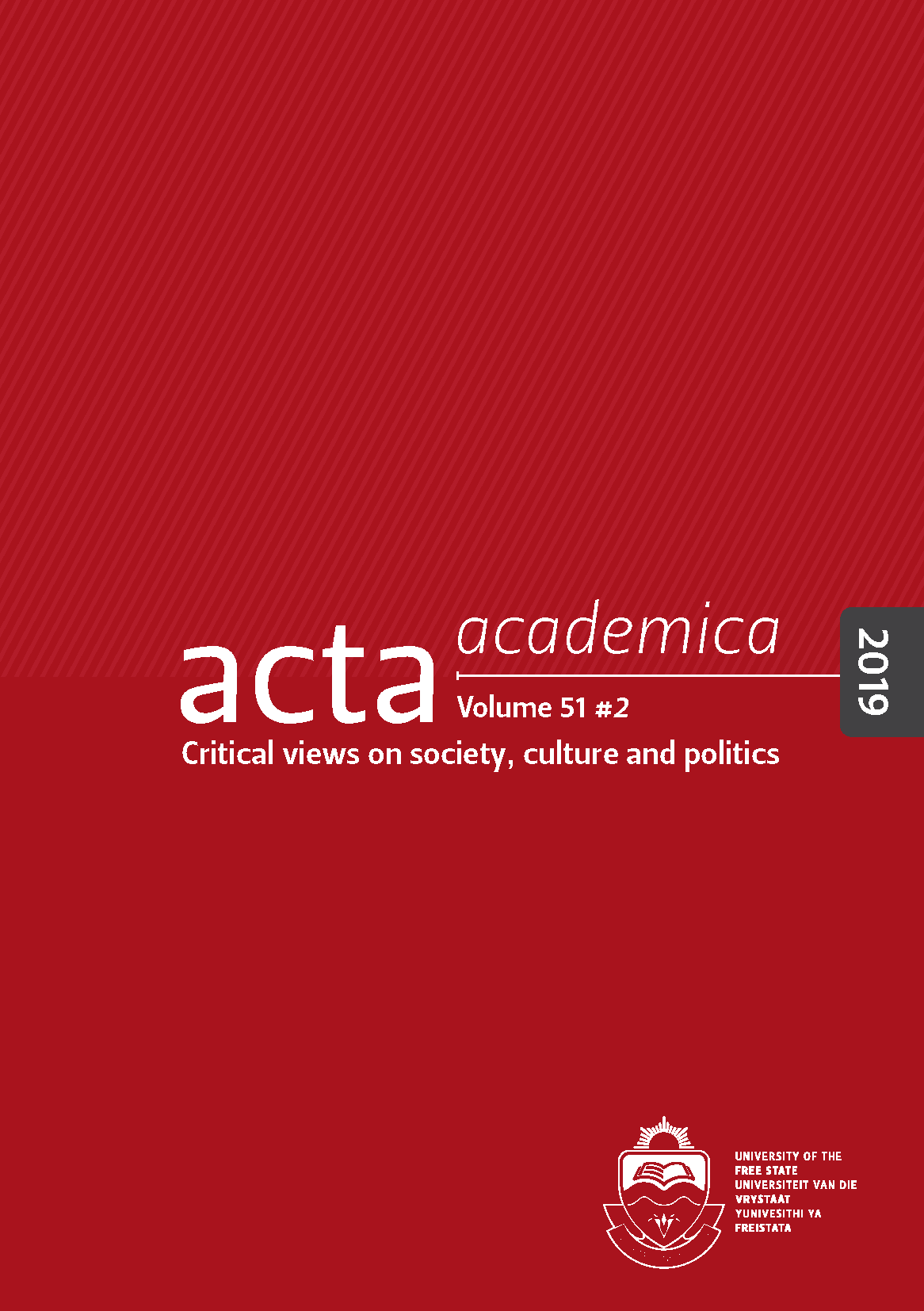Re-framing the gallery: South African exhibition spaces as case studies
DOI:
https://doi.org/10.18820/24150479/aa51i2.4Keywords:
Gallery, Threshold, Framing, South Africa, ArchitectureAbstract
In South Africa, both the public art museum and commercial art gallery, as distinct spatial building types, have a level of framed separation from the urban context. By drawing general comparisons between local examples, and a direct comparison with two commercial galleries as case studies, I argue that it may be valuable to re-frame the place of the art gallery and the image of the gallery within the city. I propose a contextual reading of galleries as significant material sites in the contemporary urban landscape. This paper explores the thresholds between exhibition space and city, depiction and reality and interior and exterior space. Edward Casey’s definition of boundary as pliable and porous, as distinct from the restrictive edge of a border, establishes a basis for the theoretical investigation. Both these definitions require consideration when viewing urban thresholds related to museum and gallery interventions. I refer to Werner Wolf and Joan Ramon Resina and the terms frame and framing as a conceptual tool to clarify the role of the building as a framing device and image in the city. This article builds on previous published research (2014, 2016, 2018) and aims to address the subtle border between an art institution and its immediate urban environment, and the relevance of architecture in this act of situating and framing. The interactions with the urban environment if it is viewed as a gallery and buildings as architectural works within it extends this aim.





